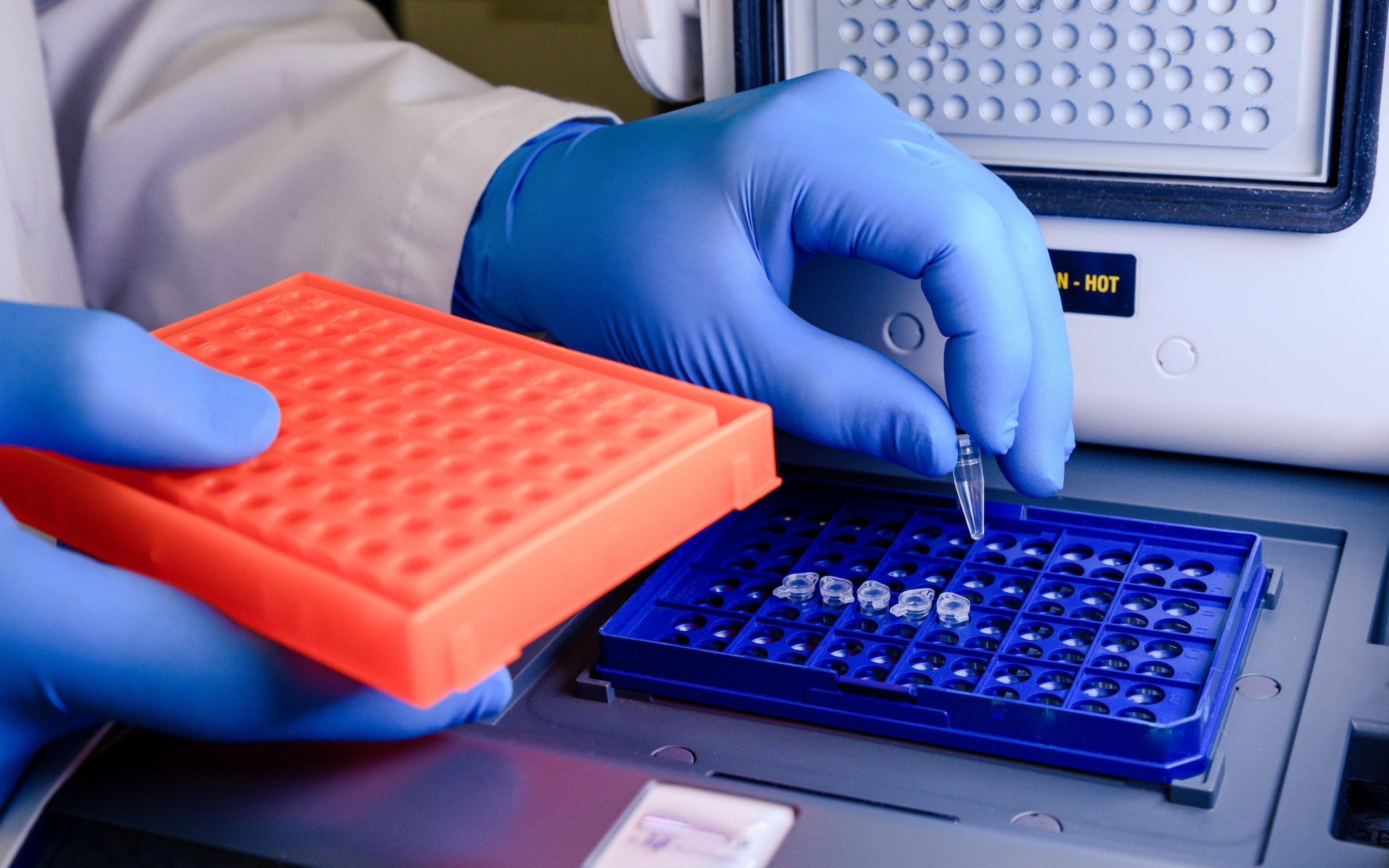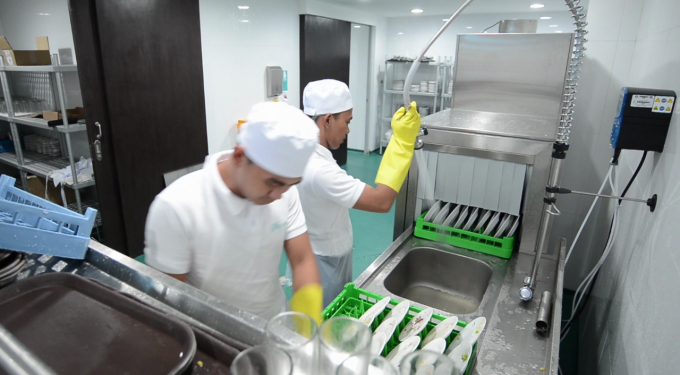Drinking Water Quality and Ship Sanitation Standards
The WHO Guidelines for Drinking-water Quality (4th Edition) provide comprehensive guidance on the microbiological, chemical, and physical characteristics that define safe drinking water. These guidelines are widely recognized and serve as a global reference for national drinking-water regulations and legislation.
Complementing these, the WHO Guide to Ship Sanitation (2011) addresses the unique challenges of maintaining public health standards onboard ships. Its primary objectives are to:
- Emphasize the public health significance of waterborne and other communicable diseases in the maritime environment.
- Promote the implementation of effective control measures to prevent contamination and protect crew and passengers.
- Serve as a framework for national authorities, ship operators, and Port Health Officers to develop and apply consistent approaches to hazard control, inspection, and certification.
In alignment with these international standards, we have developed a comprehensive water testing protocol designed to meet — and often exceed — the requirements of most Flag Administrations and Port State Control authorities worldwide.
| Parameter | Method |
|---|---|
| Appearance | Visual |
| Colour | APHA 2120 B |
| Odour | Organoleptic |
| Taste | Organoleptic |
| pH @ 25°C | APHA 4500 H⁺ B |
| Conductivity @ 25°C | APHA 2510 B |
| Turbidity | APHA 2130 B |
| Total Hardness (as CaCO₃) | HACH |
| Total Residual Disinfectant | APHA 4500 Cl / APHA 4500 ClO₂ |
| Lead | APHA 3120 B |
| Copper | APHA 3120 B |
| Cadmium | APHA 3120 B |
| Nickel | APHA 3120 B |
| Zinc | APHA 3120 B |
| Iron | APHA 3120 B |
| Escherichia coli | APHA 9222 G |
| Heterotrophic Plate Count (20°C) | APHA 9215 D |
| Heterotrophic Plate Count (37°C) | APHA 9215 D |
| Legionella spp. | ISO 11731:2017 |


Enhanced Assurance and Flexibility
For additional confidence, this testing protocol can be integrated with the EU Drinking Water Directive monitoring program, ensuring full compliance with European standards for potable water onboard vessels.

For additional confidence, this testing protocol can be integrated with the EU Drinking Water Directive monitoring program, ensuring full compliance with European standards for potable water onboard vessels.
Furthermore, an extended range of microbiological and chemical analyses can be performed upon request to address specific operational or regulatory requirements. These may include:
- Pseudomonas aeruginosa detection
- Total coliforms and Enterococci counts
- Hydrocarbon contamination
- Additional heavy metals and disinfection by-products
Our protocols are designed to safeguard crew and passenger health while ensuring vessels remain fully compliant with international maritime health regulations and Port State Control expectations.

